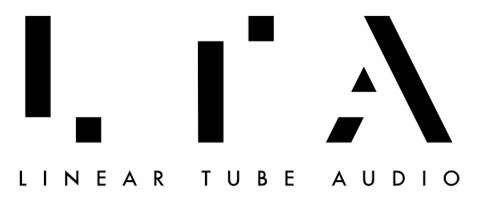Without getting too technical, here are the unique benefits of the patented ZOTL amplification technology.
Less distortion: Most amplifiers have output transformers. You don’t have to know what those are or even what they do, but what you need to know is that they introduce distortion into the audio signal. As the name suggests, distortion is generally bad. Our amps do not have traditional output transformers, so our amps have very low distortion.
More detail: Distortion also tends to cover up details in the music. Things like a performer taking a breath, the unique click of a weighted piano key, a background guitar lick, or a softly brushed cymbal or snare drum. With ZOTL amps, you hear all of these things.
Easy speaker matching: ZOTL amps work equally well with 2 ohm speakers, 4 ohm speakers, 8 ohm speaker, even 16 ohm speakers. This is because of the low output impedance of our amps, but we promised not to get too technical.
Less heat: If you’ve ever put your hand on–or even stood next to–a tube amp, you know they get very hot. Like, dangerously hot. ZOTL amps do not get as hot, because we send much less electrical current through the tubes. Bonus: pet-, kid-, and cooling-bill friendly!
Longer tube life: Heat kills tubes. Since tubes don’t get as hot in our amps, they last a lot longer than traditional tube amps. We’re talking the difference between 1,000-2000 hours in traditional amps vs 10,000 - 20,000 hours in LTA’s ZOTL amps. Bonus: you save money on tubes!
Better bass: Most amps go down to 20hz, which is right at the low end of the what humans can hear, but they start to degrade well above that. ZOTL amps have a flat (aka linear) frequency response all the way down to 8hz. This means more controlled, natural bass at the levels humans can hear.
Mono and/or Stereo: All LTA ZOTL power amplifiers (the ZOTL10 Mk II, Ultralinear, and ZOTL40 Reference) can be used in stereo mode (one amp for two speakers) or bridged to mono mode (two amps, two speakers) at the flip of a switch.
There are lots of interesting reasons why Linear Tube Audio’s ZOTL amplifiers offer unique benefits over traditional tube amps, like correct turns ratios and removal of distortion by parasitic transformer elements. If you want to dive into all the technical stuff, we invite you to explore more details about the ZOTL technology.
